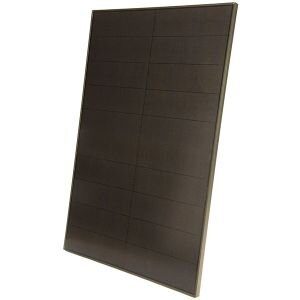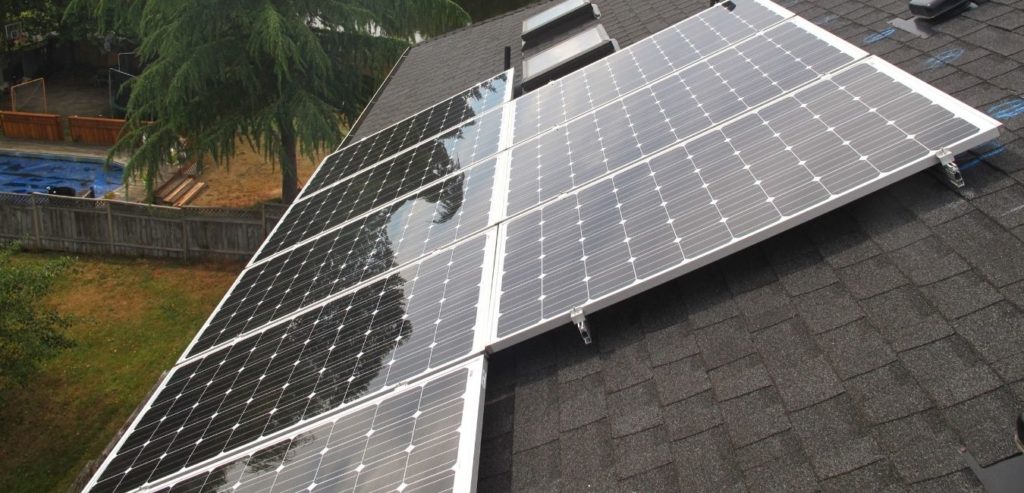What does it mean to be the "best" solar panel?
There are several factors to consider when choosing solar panels (also known as modules) for your home. Contrary to popular belief, there really is no “best” panel. Depending on your particular situation, you may want to prioritize different qualities of the modules.
For example, if you have limited space and want to maximize your system’s power output, you may want to select a module with high wattage and efficiency, even if they’re more expensive. On the other hand, if you’ve got ample space available, you may want to opt for the most cost-effective option.
Below are the six questions we use at Sunbridge Solar when determining which solar modules to offer our customers.
This can sometimes be tough to tell because even if a company’s headquarters is in the United States, their manufacturing facilities might not be.
The majority of solar panels are made in Asia. China, Korea, Malaysia, and Singapore all produce a large number of solar panels. The quality of these modules runs the gambit, but many industry professionals express concern over the consistency of these products.
![]()
Image Source: Wikipedia.org
We recommend using American-made modules from companies like Silfab Solar (from Washington), Solaria Solar (from California), and SunPower in Hillsboro, OR. Not only do these companies produce high-quality modules, but buying from American manufacturers keeps a higher percentage of the system cost within the country's developing local economies.
Solar panel installations are a blossoming industry throughout the country, and it’s something that can’t be outsourced or automated. The only part of the supply chain that isn’t distinctly American is the equipment, so we try to use domestic manufacturers whenever possible.
Polycrystalline Versus Monocrystalline?
Solar panels are not all created equal. There are two principal types of modules, and they’re differentiated by the type of silicon wafer that’s used in their construction.
Polycrystalline modules are made from a process where many silicon crystals are blended together, and the solar cells are then cut from the crystallized silicon.
Monocrystalline panels are produced in a different process where one single silicon crystal is created, and the cells are sliced from that single crystal. These modules are higher efficient because there are fewer impurities within the silicon wafer. Polycrystalline modules are less efficient, but they’re comparatively less expensive.
Panel efficiency refers to the ratio between the amount of potential sun energy that hits the panel, and the amount that’s actually converted to electricity. Residential solar modules are typically in the 15–20% range. Solaria specializes in premium high-efficiency modules.
- Solaria Solar average efficiency: 19.5%
Silfab Solar average efficiency: 19.1%
The wattage of a panel refers to the maximum amount of power that the panel can produce. Modern solar panels can produce much more energy than they used to over the last decade.
On average, the typical residential solar panel will produce anywhere from 250 watts to 350+ per module. For commercial systems, since the panels are typically larger, they can produce anywhere from 300 watts and up.
If you’re working on a project where space is limited, you may want to opt for higher wattage modules to maximize your system size. If space isn’t at a premium, then sometimes it’s best to opt for the most cost-effective modules, which may be slightly lower wattage.
Silfab modules are lower on the cost spectrum, while still providing high wattage output. This makes Silfab modules a great economic option.
Most solar modules are designed to last 20–30 years or longer. When you’re dealing with a product with such a long lifespan, you’re going to want to make sure there is a solid warranty in place to protect you from any additional cost in the future. Be sure to compare warranties when selecting equipment.
Depending on the project, the aesthetics of the solar array may or may not be of concern. For example, the owners of a solar farm with racks and racks of modules are likely not concerned with the way the system looks. They’re primarily concerned with producing the least expensive power they can.
The owners of a home, on the other hand, might value the aesthetics of their solar system much more. For them, it’s something they might see every day, so the way the finished solar system looks becomes much more important.

There are two types of solar cells, polycrystalline and monocrystalline (outlined in more detail below).
Polycrystalline cells have a blue tint with crystal patterns within the cells. Monocrystalline cells are more of smooth black color. Some monocrystalline modules still have a silver framing network of wires alongside the black cells, but Solaria has developed modules that are completely black.
Of course, this is a matter of personal preference, but most of our customers feel that monocrystalline modules are the more attractive of the two. Check out our gallery to see various types of panels.
Find Out What Best Suits Your Needs
These are just some of the criteria we consider when selecting modules for a project. If you have any questions about what’s best for your home, ask us! We’re always happy to discuss options and help you get the most out of your new solar system. Contact us, today!


